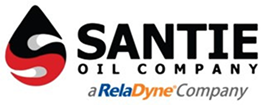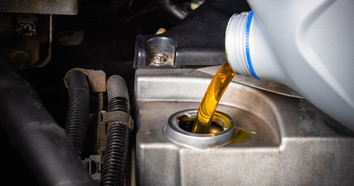A realistic goal for maintenance personnel is to add lubrication to working systems and sustain a healthy, productive operation. While they mean well, sometimes a contaminated lubricant can effectively hinder the production process. Ensuring a facility follows a few of these best practices for storage efforts can reduce the amount of chemical contamination and keep industrial lubricants in adequate condition.
Ensure All Lubricants Are Labeled Appropriately
A significant factor that can weigh on proper lubrication is appropriate labeling. Generally, a facility will have more than one individual handling the maintenance and lubrication.
To avoid confusion and mixing, appropriate labeling can ensure the correct oil or grease is applied and eliminate cross-contamination, color mixing, misuse. Doing so will encourage proper usage. Labels wear through time, like anything else, so consider updating all labels once a quarter to mitigate illegible signage.
Outdoor Storage Solutions
It’s best to consider keeping all lubricants indoors because of climate control, but if you need to store things outdoors, here are a few things to keep in mind.
- Ensure all containers are in an adequate shelter to protect them from harsh elements.
- Keep an inventory of all lubricants to ensure you replenish the supply quickly.
- Drums should lay on their side to avoid dried seals and moisture intake.
- Extreme temperatures can alter the consistency, so consider keeping water-based solutions indoors.
Indoor Storage Solutions
For indoor storage solutions, the primary focus is climate control. Keeping lubricants in dry, cool, and clean locations is vital. In addition, a clean environment can ensure you reduce the risk of contamination from debris, dust, or other air pollutants.
Remember that just because the lubricants are indoors, they should still remain tightly sealed and sit correctly in the bungs. Finally, rotate all containers with a “first in first out” policy to ensure usage aligns with expiration and consistency.
Lubricant Pre-Delivery Cleaning
Regardless of your storage methods, lubricants are subject to contamination and air pollutants. While not every dust particle or piece of debris will destroy the lube, it is still a best practice to ensure there is a pre-delivery cleaning process. A few things to do include:
- Do not use a pre-used container or dirty container during a transfer.
- Filter the lubricant during the transfer to ensure cleanliness.
- Follow the equipment specifications when selecting a high-efficiency filter.
- Stay away from galvanized transfer containers because most lubricants will react to zinc.
Final Thoughts
Storing lubricants properly is a critical aspect of facility operations and production. These best practices can save your facility from costly replacement and damaged equipment. Santie Oil Company is a leading industrial lubricant distributor. For questions about your storage solutions, connect with us today!

